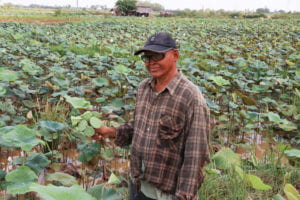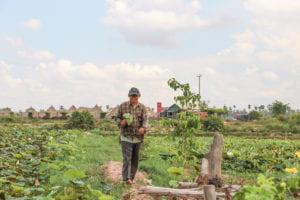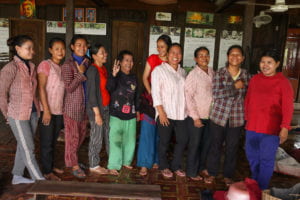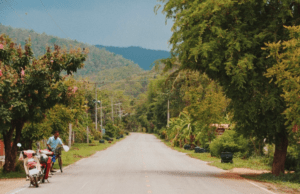I’ve had my fair share of travel experiences in my life. And so has, I expect, most of the students in Yale-NUS. But how many of us have actually had meaningful travel experiences?
This travel fellowship in particular has been a dream – we’ve engaged in depth with locals of each city and village we’ve been to, gotten the names and stories of those we conversed with. We’ve tried local cuisines, travelled with locals instead of foreign tour groups, and made local friends that we’ll definitely be in touch with for a lifetime. Sure, we gave in a couple of times and did some touristy things like get bubble tea and fries. But for the most part, unlike any other trip I’ve been on, I can confidently say that this travelling experience has not just been touch-and-go, not a privileged student traversing “less developed” lands.
But again, how many of us can say the same? As a group, we questioned this multiple times. On our long bus rides, when we were struggling to express what we meant via gestures – the only way we knew how, when we were crossing the border into Cambodia, a land that is associated (in Singapore) almost exclusively with overseas “service learning” trips, and even now, as we pack our bags and ready to leave this chaotic but charming (in its own way) part of Southeast Asia.
There’s something very disturbing about the fact that this travel experience has felt so different from other travel experiences we’ve experienced thus far. Something that indeed makes me wonder, how did we go so wrong? How did travel become so glorified, self-indulgent, superficial? We could point fingers at tour groups, governments, advertising businesses, and sometimes even the locals who encourage these thoughtless travel experiences, but at the end of the day, it’s still a choice we make.
It’s many choices we make. From the method of transportation, the food places we eat at, the attractions we mark as to-gos, the people we converse with, even down to the way we say hello, goodbye, and thank you.
But then again, does it matter? There is no easy answer to this question. We stumbled when we got to this question too. Does it matter that most of us just visit cities to take advantage of the strong Singapore (or American) dollar, to take nice photos – devoid of its meanings, its context, and its histories, to say that we’ve actually been there?
Perhaps the more important question to answer is how do we travel better? This trip has provided us with an insight into possible answers, including (but not limited to): supporting local enterprises, eateries, transport companies, staying in homestays instead of international hotel chains, engaging and getting to know locals whenever possible.* These are things we know to do, but rarely carry out. Not because they’re difficult, but because they’re inconvenient most of the time. And sometimes, I guess we all just want a break.
But as we found out from this trip, and as we hope other travel fellows have also learnt, when you travel with a specific desire to engage and learn, you come up with a much more enriching experience that will probably change your life.
*Of course, it’s not a checklist. Even doing all these things doesn’t make you a “better” traveller. The goal is not to “live like a local”, because the truth is, we’ll never be able to. The point is, I think, to acknowledge that we are foreign to the lands we travel to, and respectfully engage with as much heart as we can.



